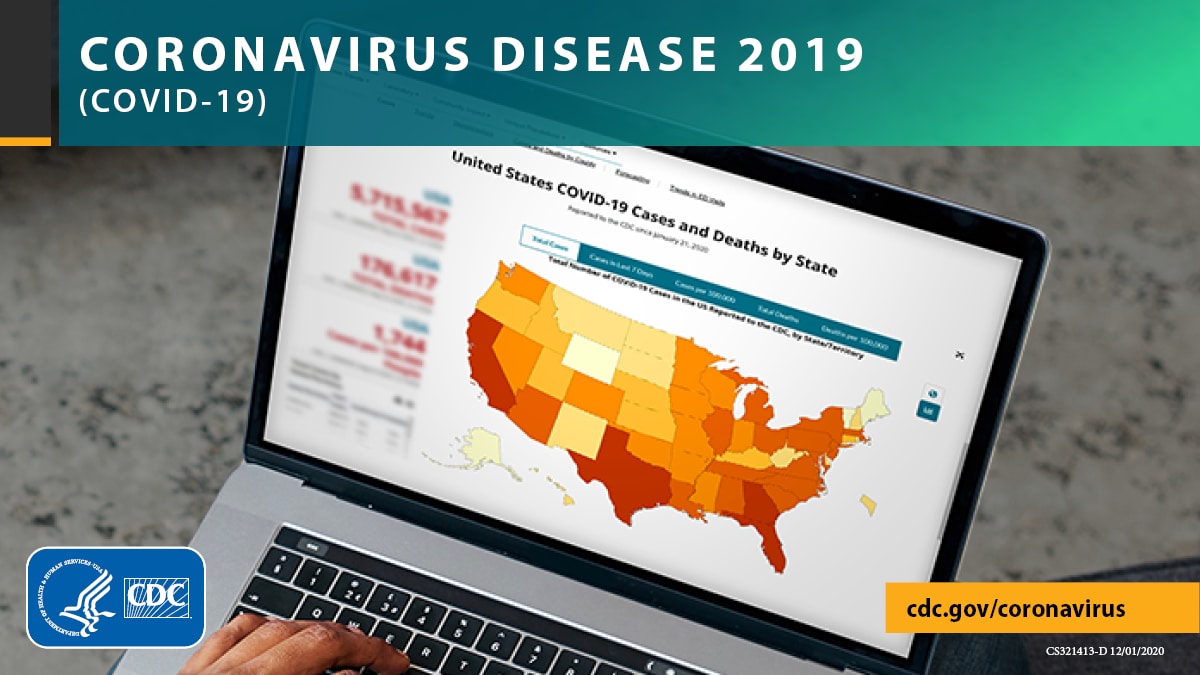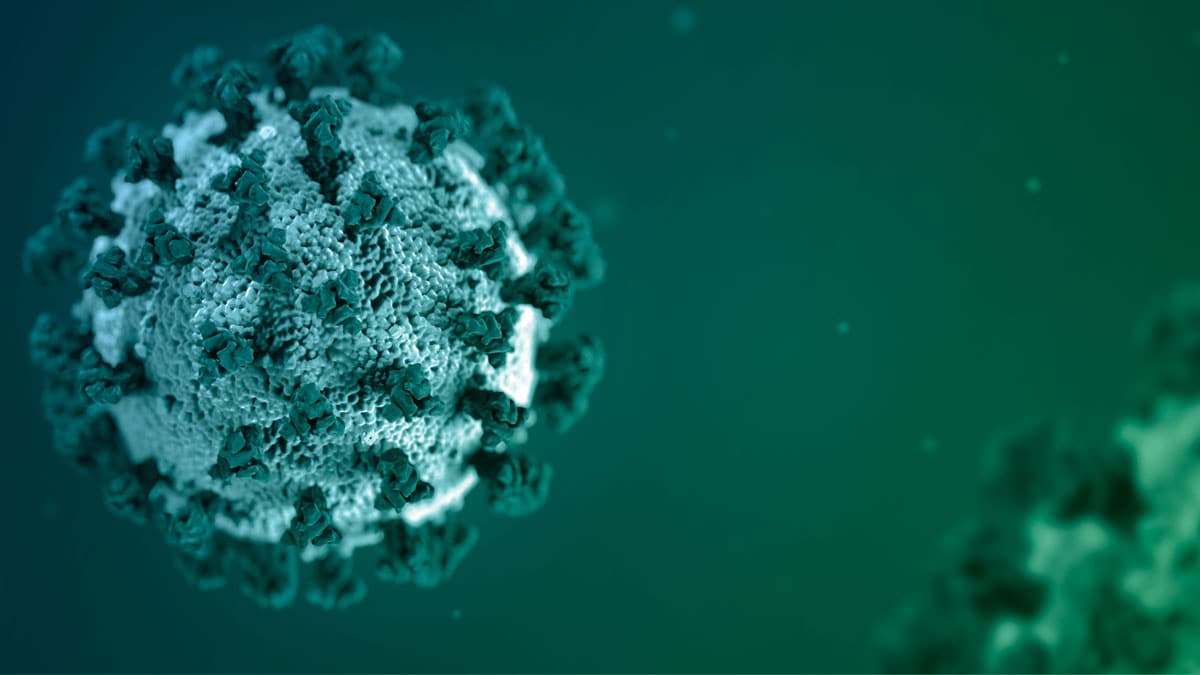Read these. Note the 4th one I list includes 15 COVID-19 study references. I was trying for the third time this week, to find the CDC study that compared the top 4 vectors. The one of those nobody's sure of it's place in the list is airborne transmission. But practical transmission via breathing, talking, yelling, coughing, and sneezing remains inequitably the primary transmission vector.I do not believe I have. The paper you listed and I found was in regards to inhalation of air pollution which was proven and rightly so as it also does not contradict past studies on the effectiveness in respirators in their use in preventing foreign molecules form being deposited into the bronchi and causing irritation, infection, or cancer. In these studies the clear scope of the study is defined and incompasing of the possible pathways for inhaling foreign material into the lungs. It also builds on other studies that show the presence of foreign material in the lungs leads to a number of ailments. So these studies both cover how the material gets into the lungs and what happens when they do. Thus the scope of the studies and what can be said about wearing a mask to protect your lungs align with the information provided.
But there seems to be some confusion as to my stance. And so I shall attempt to present it as clearly as possible.
There are no studies that show the pathways for viruses entering the body nor the effectiveness of each way when it comes to the Covid family of viruses. Until we know all the pathways and how effective each one is in the introduction of viruses into the body it's impossible to say how effective mask usage is. Until we can say unequivocally that inhaling airborne virus contained in aerosolized water droplets leads to the highest virus loading compared to other means of infection in normal daily activities then it's impossible to know the effectiveness of mask usage in controlling the spread of the Covid virus.
As of this moment I have not come across any study that attempts to break down the possible pathways and their effectiveness, until then my saying do not lick door knobs and you'll be more protected than wearing a mask has just as much creditability then youre saying wearing masks saves lives. We have nothing to base it upon as there is nothing that connects mask effectiveness to the risk factor masks protect against.
All I am saying is I have no clue as to the true effectiveness of masks and anyone at this point attempting to say they know unequivocally without the pathway study is full of shit.
I do not believe we have the technology at this point in time to truly formulate the requirements for an effective study or it would have been done. The best we can hope for is to draw some conclusions to possible mask effectiveness by comparing infection rates in regions that did and did not institute mask mandates. While its data results is not as good as doing a full study its still a valid conclusion until such a time as we can do the full pathway infection study.
1.
2.

(PDF) Association of country-wide coronavirus mortality with demographics, testing, lockdowns, and public wearing of masks (Update June 15, 2020).
PDF | Background. Wide variation between countries has been noted in per-capita mortality from the disease (COVID-19) caused by the SARS-CoV-2 virus.... | Find, read and cite all the research you need on ResearchGate
3.
4.

Coronavirus Disease 2019 (COVID-19)
CDC provides credible COVID-19 health information to the U.S.
5. click... it's from The Lancet.
Last edited:










